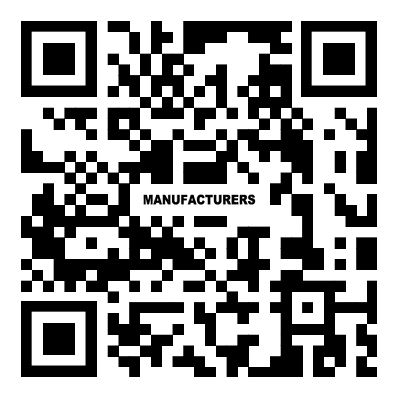The Evolution Of PPR Pipe Fittings
2024-03-28
The evolution of PPR (polypropylene random copolymer) pipe fittings reflects advancements in materials technology, manufacturing processes, and plumbing system design. Here's an overview of the key stages in the evolution of PPR pipe fittings:
1. Introduction of PPR Material: PPR was first developed in the 1980s as a new type of plastic material suitable for use in piping systems. It offered several advantages over traditional materials such as metal and PVC, including high chemical resistance, low thermal conductivity, and excellent mechanical properties.
2. Early Adoption in Plumbing: PPR pipe fittings gained popularity in Europe and Asia during the 1980s and 1990s, particularly in countries like Germany and China, where they were widely used for residential and commercial plumbing applications. The material's ease of installation, corrosion resistance, and long-term durability contributed to its rapid adoption in the construction industry.
3. Advancements in Manufacturing: Over time, advancements in manufacturing techniques and equipment led to improvements in the quality and consistency of PPR pipe fittings. Injection molding became the primary method for producing PPR fittings, allowing for precise shaping and customization of fittings to meet specific design requirements.
4. Expansion of Product Range: As demand for PPR pipe fittings grew, manufacturers expanded their product ranges to include a wider variety of fittings, sizes, and configurations. This included standard fittings such as couplings, elbows, tees, and reducers, as well as specialized fittings for unique applications and installations.
5. Enhanced Performance Characteristics: Ongoing research and development efforts focused on enhancing the performance characteristics of PPR pipe fittings. This included improvements in material formulations to optimize properties such as impact resistance, thermal stability, and resistance to chemical degradation. Advanced additives and reinforcements were also introduced to further enhance durability and longevity.
6. Integration of Smart Technologies: In recent years, there has been a trend toward the integration of smart technologies into PPR pipe fittings and plumbing systems. This includes the development of fittings with built-in sensors, valves, and control systems for monitoring and regulating water flow, pressure, and temperature. These smart fittings offer improved efficiency, functionality, and connectivity for modern plumbing installations.
7. Focus on Sustainability: With growing emphasis on environmental sustainability, there has been increased interest in eco-friendly materials and manufacturing processes for PPR pipe fittings. This has led to the development of bio-based and recycled PPR materials, as well as initiatives to reduce energy consumption and waste during production.
Overall, the evolution of PPR pipe fittings has been characterized by continuous innovation and improvement to meet the evolving needs of the construction industry. From their initial introduction as a novel piping material to their current status as a standard choice for plumbing systems worldwide, PPR pipe fittings have undergone significant advancements to become a reliable and versatile solution for modern building infrastructure.


